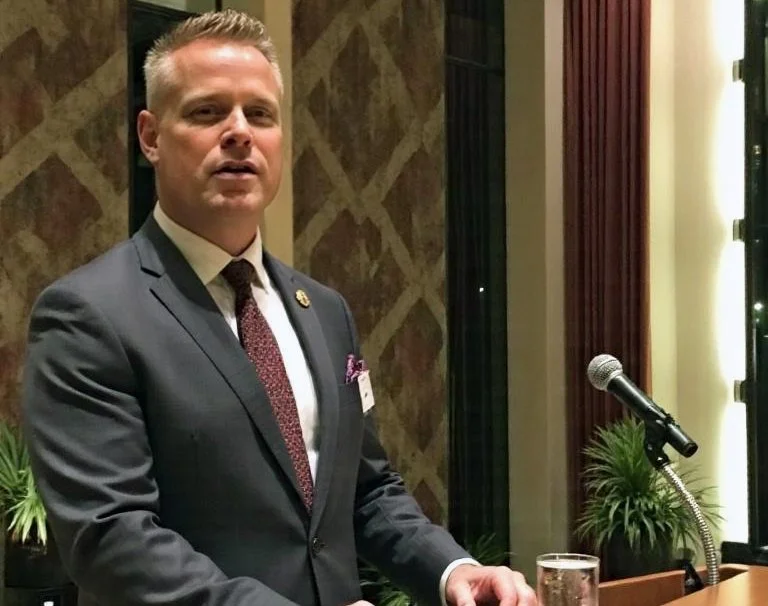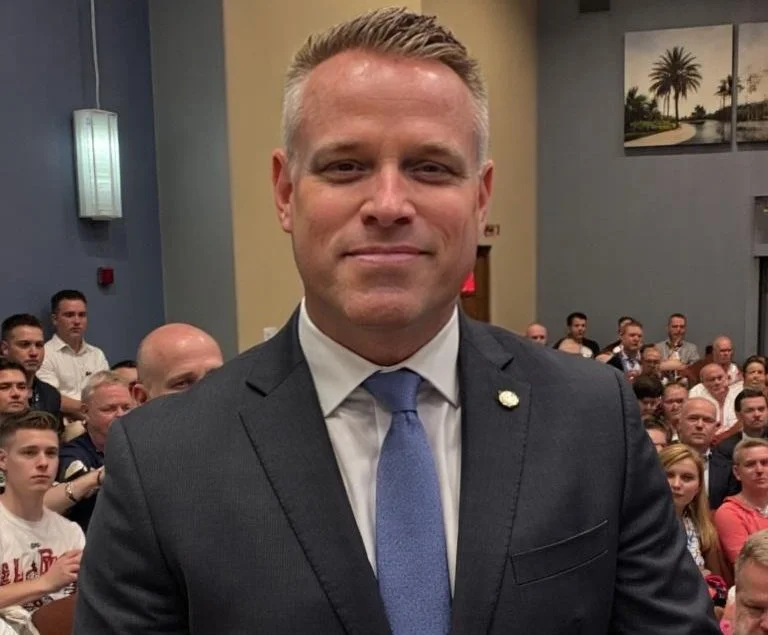
About RJ Starr
Academic Psychologist and Public Educator Illuminating Identity, Emotion, and the Architecture of Human Experience
I’m RJ Starr, an academic psychologist committed to making psychology clear, grounded, and usable in real life.
My work explores the architecture of mind, identity, and emotion—how our internal histories shape meaning, how coherence is built or broken, and how people sustain emotional continuity in a disoriented culture. Drawing on existential psychology, cognitive science, narrative theory, and affective neuroscience, I study the deep structures that govern human understanding and adaptation.
At the center of my work is a question: how do we stay coherent under pressure? I examine the mechanics of perception and emotional regulation—how identities form, stability is maintained, and disconnection is repaired. My writing often introduces new frameworks, such as the Emotional Avoidance Loop and the Salience Distortion Model, which clarify how certain experiences dominate awareness while others recede. I also revisit established ideas, proposing that meaningful growth is less about climbing hierarchies of need and more about integrating experience across the fractures of modern life.
This perspective runs through my essays, books, podcast (The Psychology of Us), and educational projects. My academic publications extend this inquiry further, exploring symbolic processing, disconnection, and the emotional costs of cultural acceleration. Through all of it, my intention is to bring psychological insight back into public life—to make understanding ourselves a shared civic skill rather than a private luxury.




Professional Memberships
I maintain active engagement with the fields of psychology and education through membership in the following professional organizations, all of which support ongoing research, ethical practice, and the advancement of public understanding:
American Psychological Association
Division 2: Society for the Teaching of Psychology;
Division 45: Society for the Psychological Study of Culture, Ethnicity and Race
Society for the Psychological Study of Social Issues (SPSSI)
American Association of University Professors (AAUP)
Council for the Advancement of Higher Education (CAHE)
American Educational Research Association (AERA)
International Society for the Scholarship of Teaching and Learning (ISSOTL)
ORCID ID: 0000-0000-6084-2021

